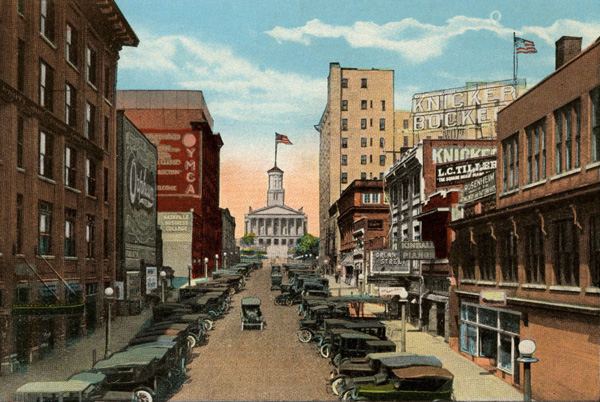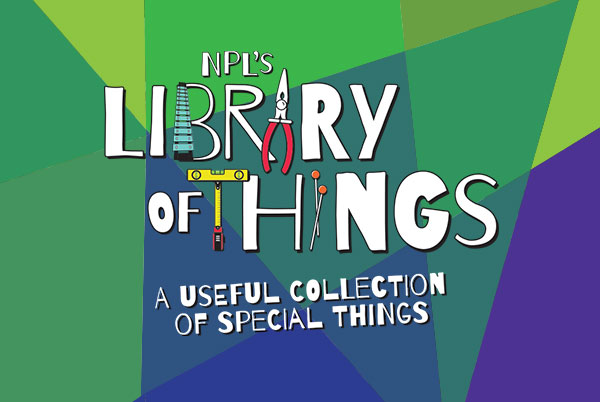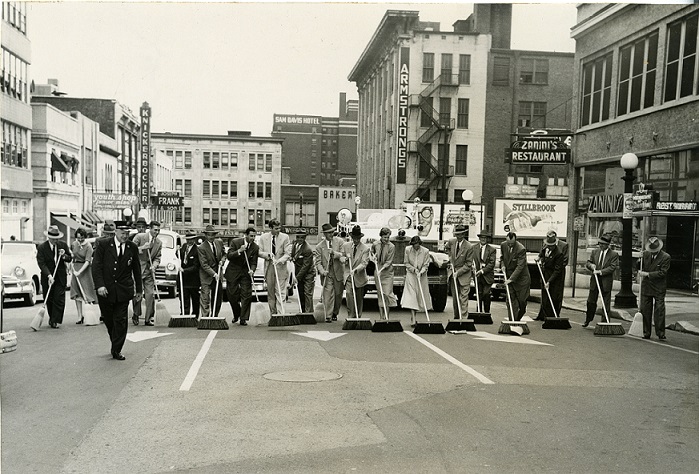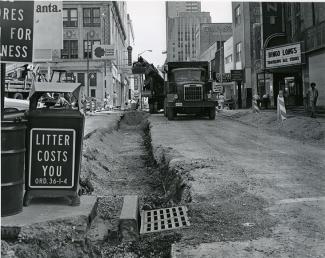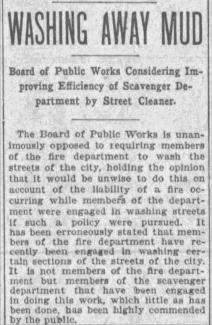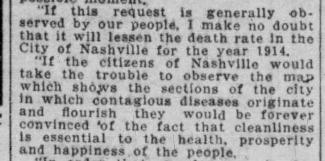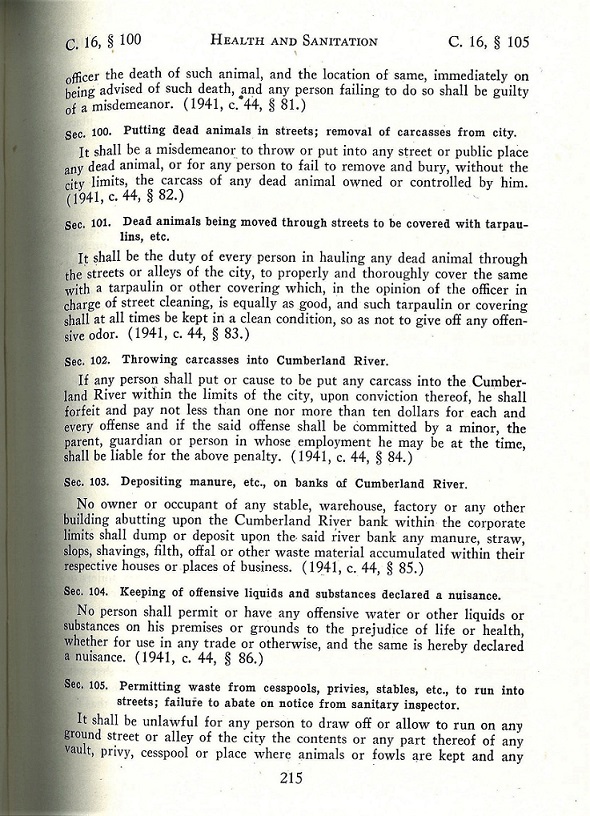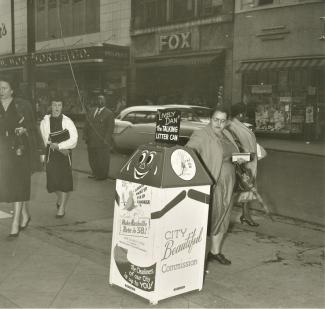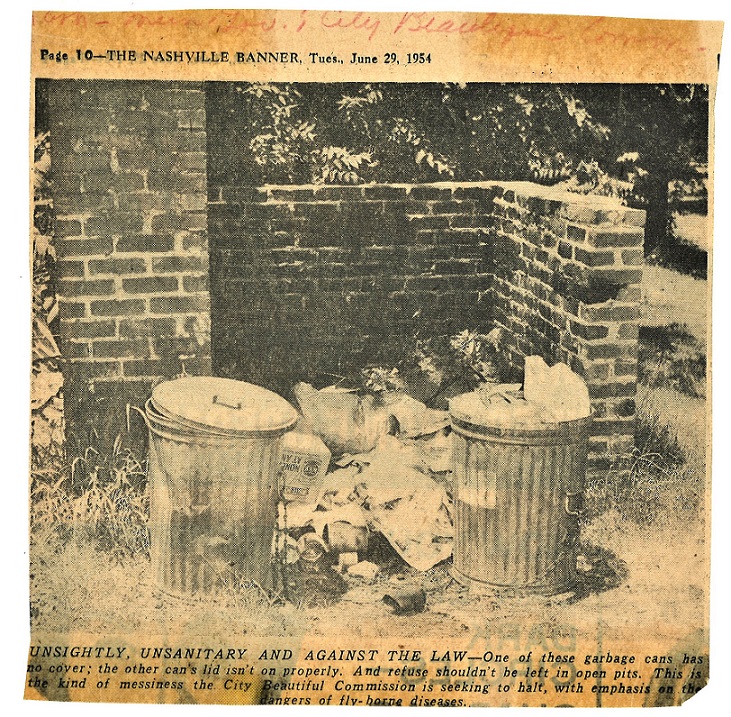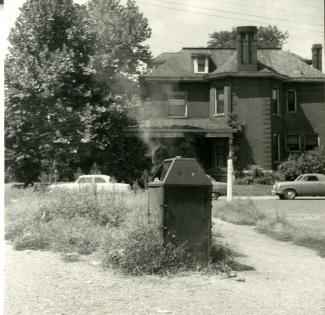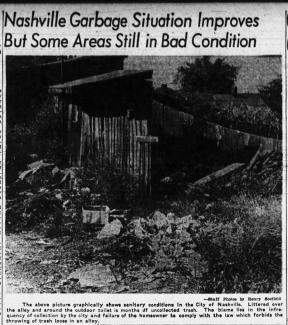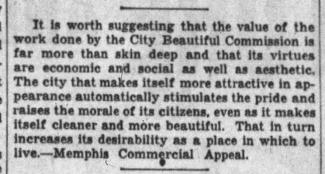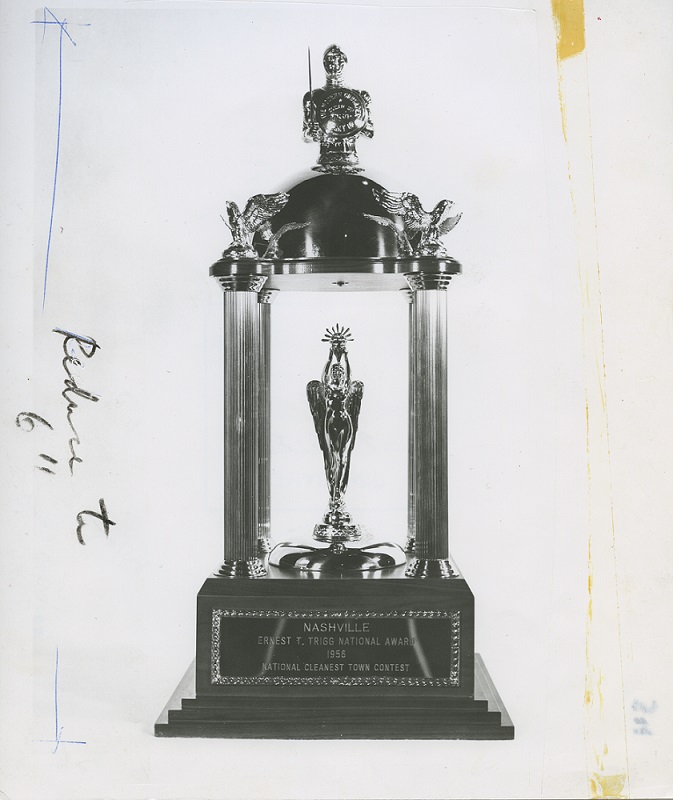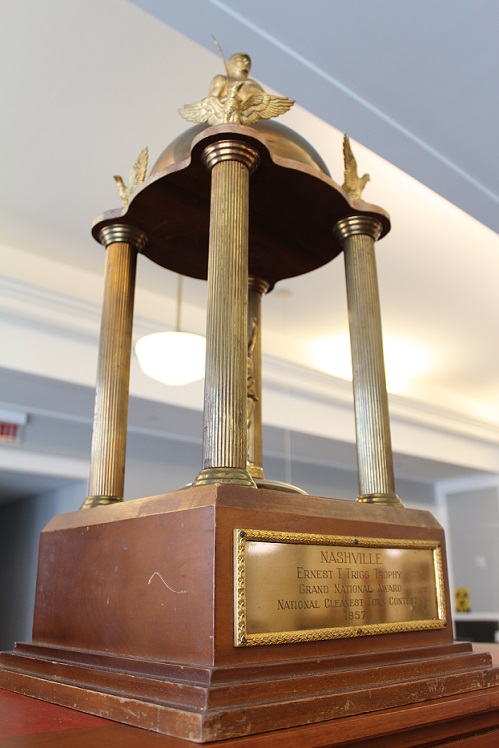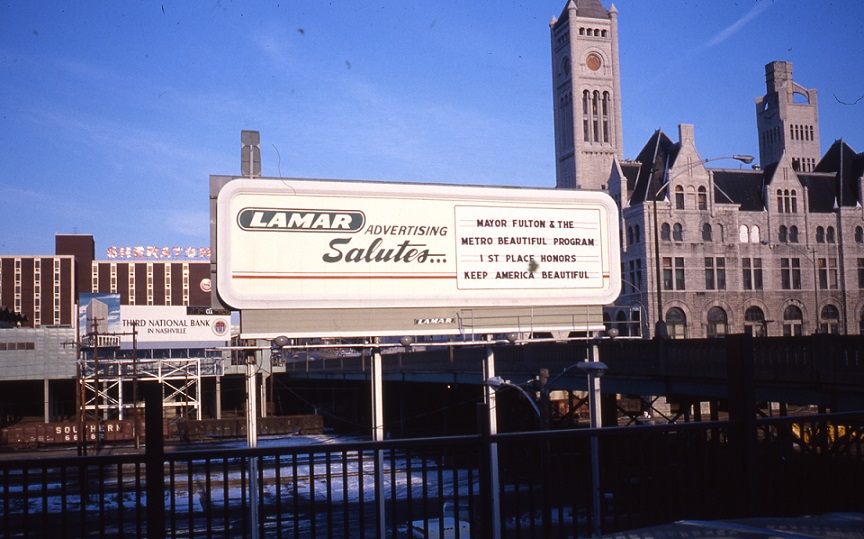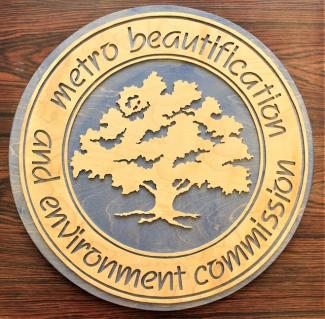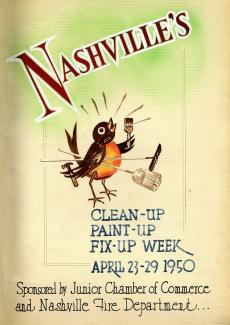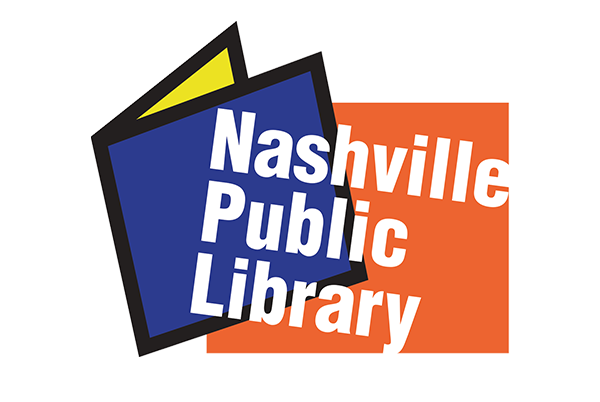
It's that month when we get to officially celebrate the wonder and beauty of this third rock from the sun. I'm channeling Neil deGrasse Tyson's enthusiasm here, but it never ceases to fascinate me just how amazing our planet is, especially with its conflicting significance and insignificance in the universe. Very "far out"!
And I could happily go on about the universe and other planets, nature, hiking, and the best planet-related shows in existence (anything narrated by David Attenborough) for days but I'd be digressing. In honor of Earth Day, this post is covering the history of the City Beautiful Commission that Nashville established in the early 1950's, in an attempt to clean up the city.
And once you're done reading this post, my suggestion is to head outside and celebrate Earth Day properly - away from most technology, and social-distancing too, of course.
Early Messy Years in Nashville
I tried my best to keep this post brief this time for obvious reasons, and also because I'm no expert in this area but I'll talk about what I know of Nashville's "cleanliness" past. First, the fact that the city had more than one Cholera outbreak during the 19th century says a lot about the city's drinking water situation in the 19th Century.
Also, it wasn't uncommon for citizens to deposit their waste into the gutters and alleys, or even the Cumberland. Though laws were eventually established to help eliminate this type of pollution.
Reading the 1912 City of Nashville Annual Report, you learn that in that year alone - there were over 119,000 cart loads (not sure the measurement of a cart) of ashes and trash removed from alley and private property. It was the responsibility of the Scavenger and Street Cleaning Depts. to keep the city cleaned up during that time, and it looks like their responsibilities might've increased over the years...
Mayor Howse appeared to be quite an advocate for cleaner neighborhoods, and even believed cleaner areas meant healthier citizens and less disease. A 1913 clipping talks about "Clean-Up Days" that were designated in the spring
(not sure how long this occurred) that asked for citizens to cooperate with the mayor and government in "making their premises clean and sanitary."
The article goes on to talk about asking citizens to co-operate by the "...destruction of all rubbish, offal, garbage, etc. around their premises." They were asked to burn their garbage (clearly before understanding the dangers of burning trash). And for the garbage that wasn't able to be burned, the Scavenger Dept. would eventually pick it up.
Another thing you easily realize in this article is when he's discussing the dangers of "accumulation of waste, rubbish, refuse and other vegetable matter..." - clearly this is also way before composting.
Also reading the 1947 Nashville City Code, there were several laws written in great detail to help prevent the depositing of harmful waste into public spaces. Here are a few...
